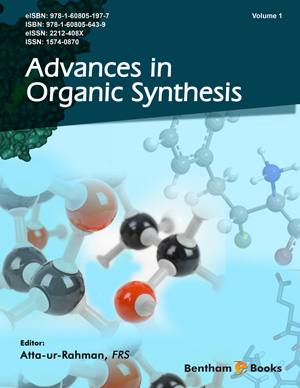Abstract
Over the past few decades, graphene and its derivatives have carved a niche
for themselves in material science. These carbon nanomaterials exhibit a broad range of
applications owing to their enchanting features like high specific surface area, chemical
inertness, astonishing electrical and thermal properties, elevated intrinsic mobility,
inimitable optical properties, and huge mechanical strength. Considering the ubiquitous
applications of graphene in different industries, diverse top-down and bottom-up
methods have been developed. This chapter outlines the various methods used for the
synthesis of graphene and graphene-based derivatives, such as exfoliation, unrolling or
unzipping of carbon nanotubes, electric arc discharge method, laser ablation technique,
oxidative exfoliation-reduction of graphene oxide, chemical vapour deposition,
epitaxial growth, template synthesis, pyrolysis, substrate-free synthesis, total organic
synthesis, and biological methods, highlighting the advantages of these methods.
Upcoming challenges concerning the commercial synthesis of graphene have also been
addressed in the concluding part.
Keywords: Bottom-up Strategies, Graphene, Graphene Oxide, Reduced Graphene Oxide, Top-down Methods.






















